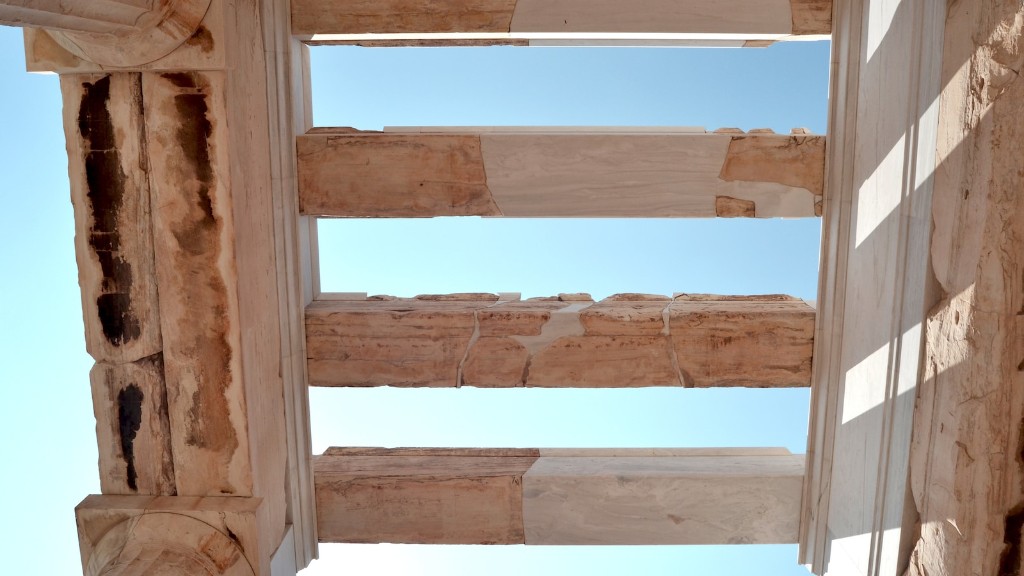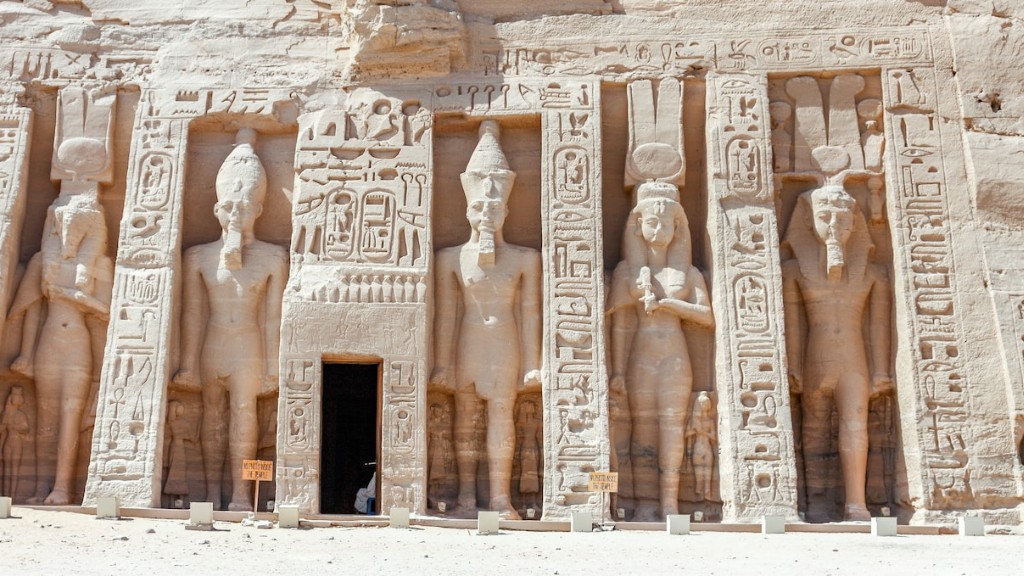Where Ancient Greece Was Located
The Geographical Position of Ancient Greece
Ancient Greece, known for its significant contributions to Western civilization, was located in the southeastern part of Europe. Strategically positioned in the Mediterranean Basin, Ancient Greece encompassed the southern Balkan Peninsula and several hundred islands, including Crete, Rhodes, and Cyprus. These territories provided an ideal environment for the development of early Greek societies.
The Mainland of Ancient Greece
The mainland of Ancient Greece can be divided into three major geographical regions: Northern Greece, Central Greece, and Southern Greece.
Northern Greece
The northern region of Ancient Greece consisted of mountainous and rugged terrain. This ruggedness created natural barriers that separated the region from its neighbors, such as Macedonia and Thessaly. The Pindus mountain range, located in Northern Greece, served as a natural boundary between the Greek city-states and the outside world.
Central Greece
Central Greece, located south of Northern Greece, was characterized by fertile valleys and plains, which were suitable for agriculture and the establishment of city-states. The most famous city-state in this region was Athens, which became a center of intellectual and artistic achievements during the Golden Age of Greece.
Southern Greece
South of Central Greece, the Peloponnesus peninsula dominated the landscape. It was separated from the rest of mainland Greece by the Isthmus of Corinth, a narrow strip of land connecting the peninsula to the mainland. The Peloponnesian city-states, including Sparta and Corinth, played a significant role in shaping the political and military history of Ancient Greece.
The Islands of Ancient Greece
Ancient Greece was renowned for its numerous islands, which were scattered throughout the Aegean and Ionian Seas. These islands were vital for trade, colonization, and cultural exchange. Some of the most notable islands in Ancient Greece include Crete, the largest island, and the birthplace of the Minoan civilization; Rhodes, known for its ancient Colossus statue; and Cyprus, which was a significant source of copper.
Conclusion
The geographical location of Ancient Greece provided it with both advantages and challenges. Its position in the Mediterranean Basin allowed for trade, cultural diffusion, and the exchange of ideas with neighboring civilizations. However, the rugged terrain and fragmented landscape also led to the development of independent city-states and a sense of regionalism among the Greek people. Understanding the geographical context of Ancient Greece is crucial for comprehending its historical, political, and cultural significance.


